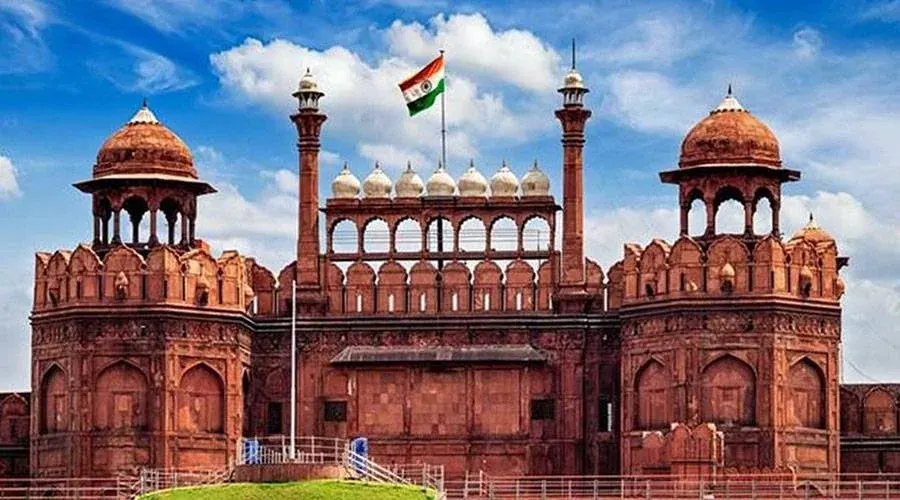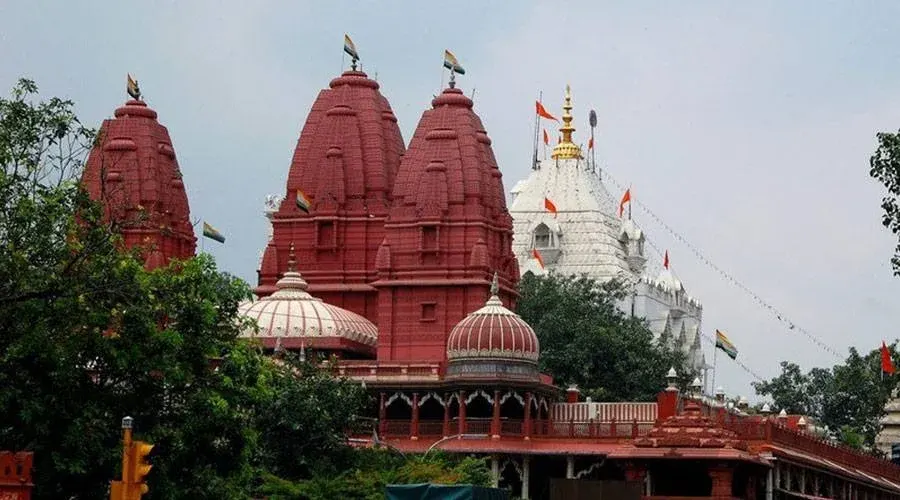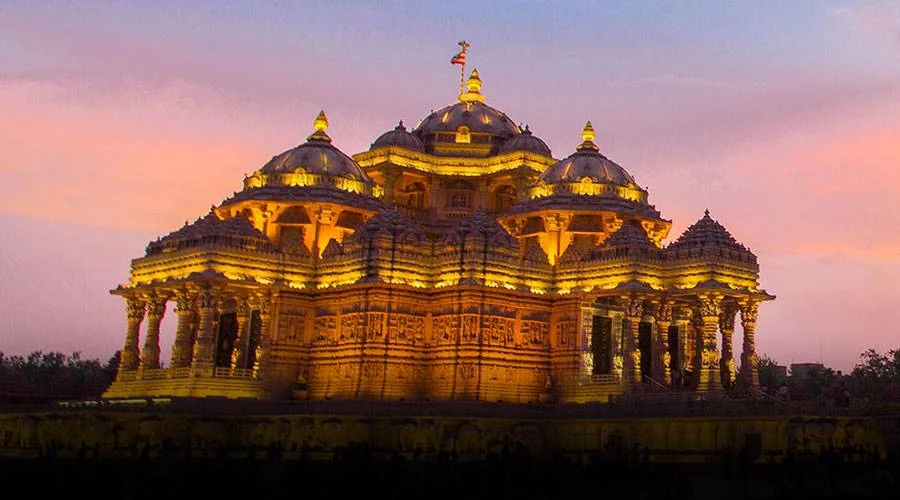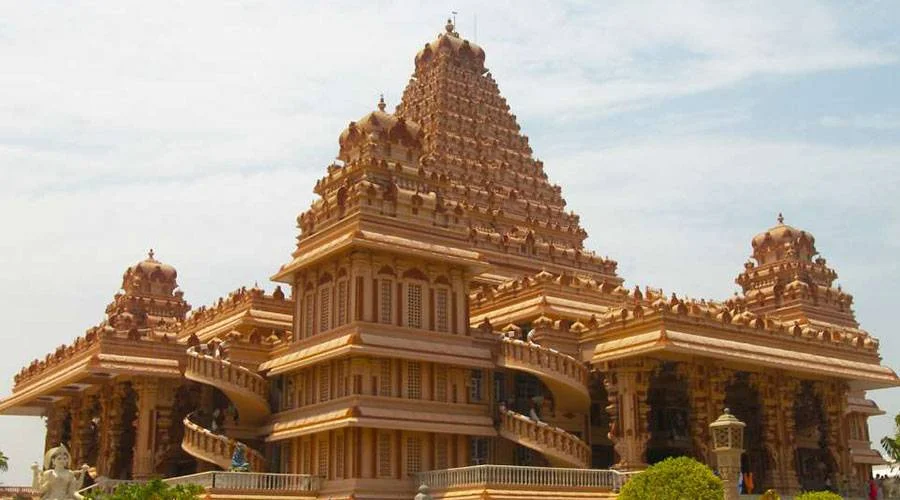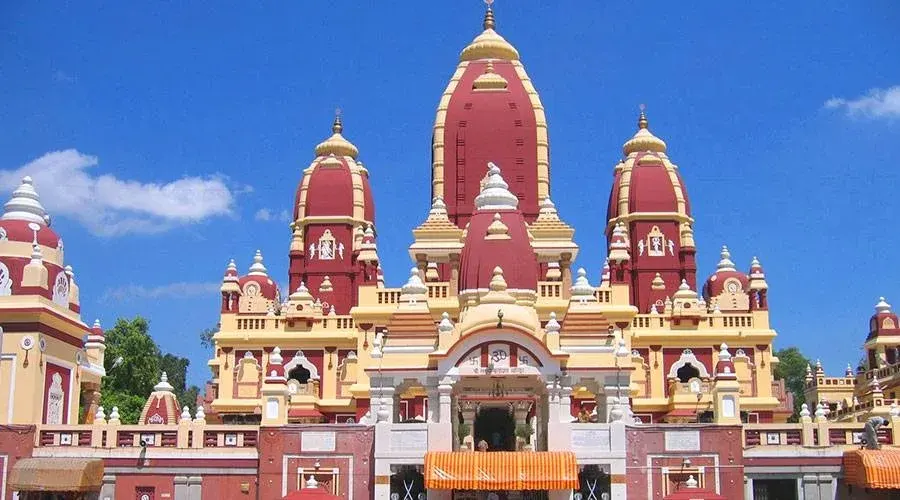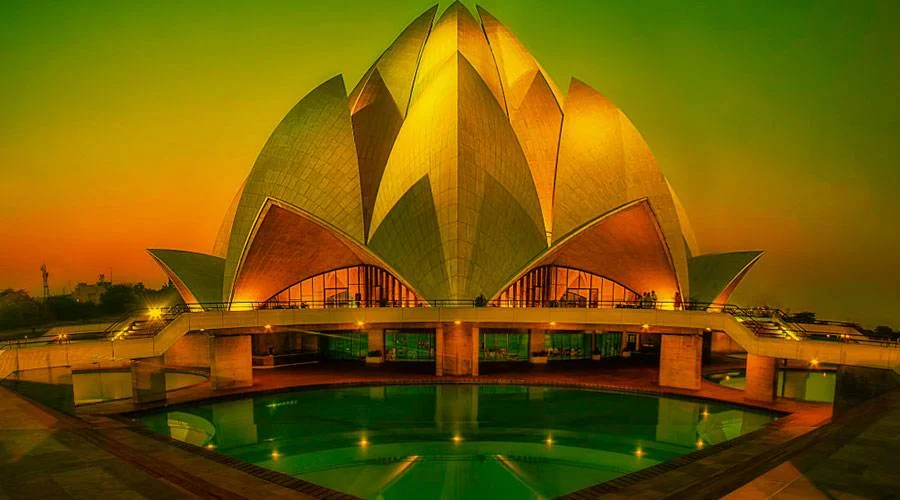Jama Masjid, Delhi
Towering over Old Delhi, the magnificent Jama Masjid stands as the reminder of the Mughal architecture which was commissioned by the Mughal Emperor Shah Jahan. The name Jama Masjid is derived from the word Jummah which is referred to as a congregational prayer observed by the Muslims on Friday. Considered the largest mosque in India, Jama Masjid is built from red sandstone and white marble and stands tall dominating the skyline of the busy Chawri Bazar in Central Delhi.
Visiting the mosque, visitors come across the view of the courtyard standing on more than 30 steps higher than the street, giving the mosque a commanding view of the surrounding area that fills the atmosphere with sanctity. Not just this, but the visitors are sure to get impressed at the first glimpse of the mosque as it is the austere grandeur that makes it a must-visit place in Delhi.
History
The crest of Mughal architecture was achieved during the reign of Emperor Shah Jahan, and Jama Masjid is an excellent example to showcase this fact. The Mughal king had lofty ambitions when he first set out to construct the mosque, as he had initially named it Masjid-i-Jahan-Numa, which can be translated as a “world-reflecting mosque.” The religious monument was the last of Shah Jahan’s creative contributions.
Work on the mosque began in 1644 and was finally completed in 1656. It is believed that over 5,000 workers were employed during the building of Jama Masjid. The total cost of construction was around one million rupees, a staggering amount at the time. This amount included only wages and not the cost of the materials. Syed Abdul Ghafoor Shah Bukhari was the first imam (Muslim religious leader) appointed by Shah Jahan. He was from Bukhara, Uzbekistan, which was a leading Islamic intellectual hub during the time.
Architecture
The Jama Masjid in Delhi is considered to be the finest mosque constructed during the Mughal Empire. Built using red sandstone and white marble in Indo-Islamic architectural style, it has a length of about 261 feet and a width of 90 feet. The structure is adorned with three huge arched gates, three marble domes, four towers, and two towering minarets. It also has a sprawling courtyard that can accommodate more than 25,000 people for prayers at a time.
Out of the three gateways to the mosque, the one on the eastern side has 35 steps leading to it. This gate is also known as the royal entrance since it was reserved for use of Mughal Emperors. The gates on the northern and southern sides have 39 and 33 steps, respectively. Each of the two minarets comprises five stories with a protruding balcony and reaches up to a height of 130 feet. There are 130 steps inside each minaret to climb to the top.
The mosque has a strikingly designed black and white marble floor with 899 bordered spaces demarcated for worshippers. Lavish arches, floral designs, and fluorescent motifs adorn the interiors of this mosque. The archway to the center of the prayer hall has the words ‘The Guide’ written on it. The significant relics at the mosque include a copy of the Quran written on deerskin, a red hair from the beard of Prophet Mohammed, a pair of his footwear, and his footprints on a marble block.


